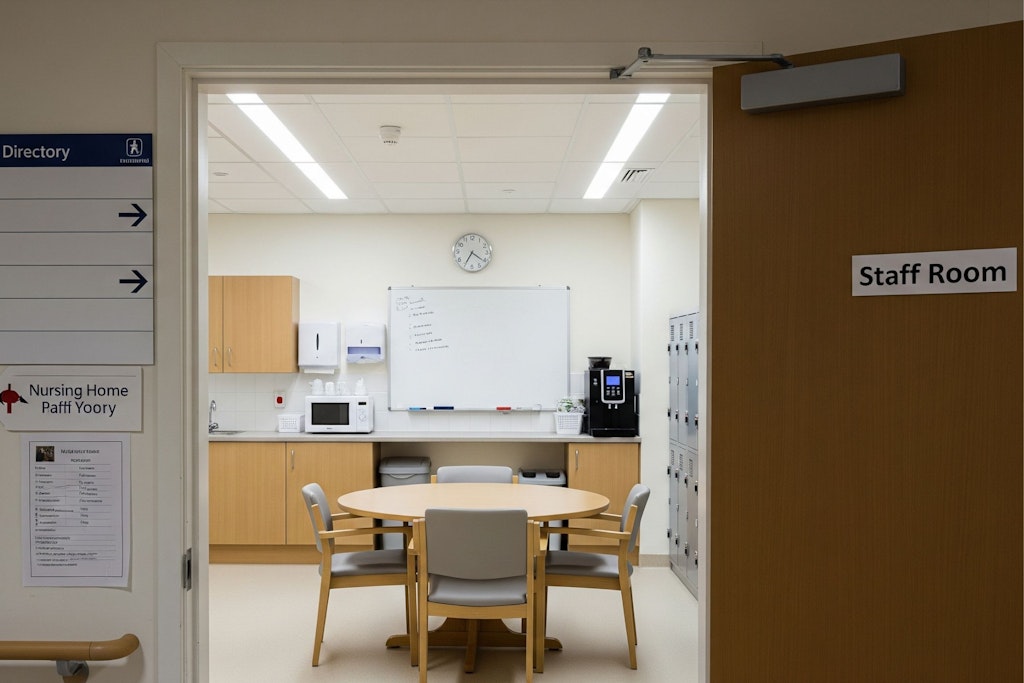Recruitment Interrupted: As Politics and Employment collide in the US, are Australian providers set to meet the same fate?
Published on 21 July 2025

Aged care homes in the U.S. are suffering dizzying blocks to recruitment channels as Trump makes increased cuts to visa opportunities. Immigration, up until now, has been one of the last bastion’s of reliable recruitment sources for providers in the aged care sector.
With Trump’s seemingly ever roaming attacks on visa’s, providers across the country are becoming increasingly desperate with how to fill rosters and meet compliance standards.
It’s happening from sea to shining sea, aged care home providers are raising the alarm surrounding the increasing loss of employees who have had their legal accreditation for paid work in the States repealed by the current Administration.
CEOs of centres are distressed by the ever dwindling supply of legal workers who are able to fill shifts. Deke Cateau of A.G. Rhodes says, “We feel completely beat up right now”. Worse however is the sentiment that the situation is only going to deteriorate, Cateau comments on the tightening source of legal immigration, ““The pipeline is getting smaller and smaller.”
Australia too has a heavy reliance on workers born overseas to fill aged care roles. According to statistics released by the Government in 2024, over 51% of aged care residential services employees were born overseas. This is a significant exposure to a workforce that is on more vulnerable work accreditations than many other sectors in the country.
That number continues to be highly elevated when taking into consideration Registered Nurses, with the Australian Bureau of Statistics highlighting that 40% of RN’s and Aged and Disabled Carers were born overseas. With the upcoming changes on November 1 surrounding compliance and care, Australia must assess vulnerabilities in the pipeline of recruitment to avoid the situation unfolding in the US.
There is further strain coming down the line for aged care recruitment. With the only increasing demand on aged care spots with the uptick in Baby boomers needing care, countries around the world are scrambling to secure a willing, long-term and legal workforce to meet compliance and safety standards.
It’s not just visa changes that are compounding the issue in the US, it’s the exodus to other sectors that are luring workers away with higher wages and flexibility. From hospitals and doctors’ offices to restaurants, retail and factories, carers are leaving roles in aged care facilities for better opportunities.
Private recruitment firms, banks, and auditors have reported on the difficult condition of recruiting, and importantly, retaining aged care staff in Australia. Even with measures such as the Pacific Engagement Visa and Palm scheme, data from the Government shows that businesses have not substantially made use of these opportunities of recruitment. Only 103 new employers joined the scheme since June 2023, with the total number of employers sitting at 493 as of December 2024.
Tellingly it is long-term worker counts that have held most steady, with only a 1% decline over the prior year. Short-term worker counts saw a 9% decline.
If Australia is to weather the increasing demand by ageing Baby Boomers in care settings, whether residential aged care, independent aged care living or even the soon to be implemented changes to Support at Home, there are growing concerns across the sector that both the incumbent cabinet and Aged Care leadership assess the vulnerabilities and attractiveness of legal visa channels for current and foreign aged care workers.
Avoiding the worsening crises currently playing out in the US is not only critical for Government and the leadership teams of all Providers but for the ageing Australian population whose numbers are steadily increasing.
In order to meet the upcoming regulatory and compliance legislation of November 1, all intersectional parties of federal and state Government, hospital leadership and aged care sector will need to position Australia as an attractive option, to not only maintain employment levels but meet rapidly increasing demand.